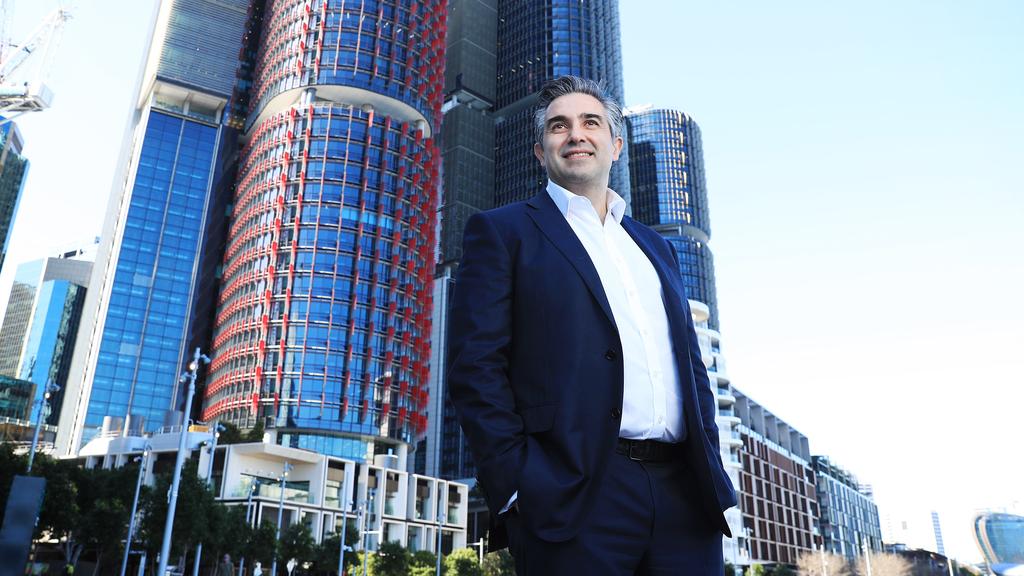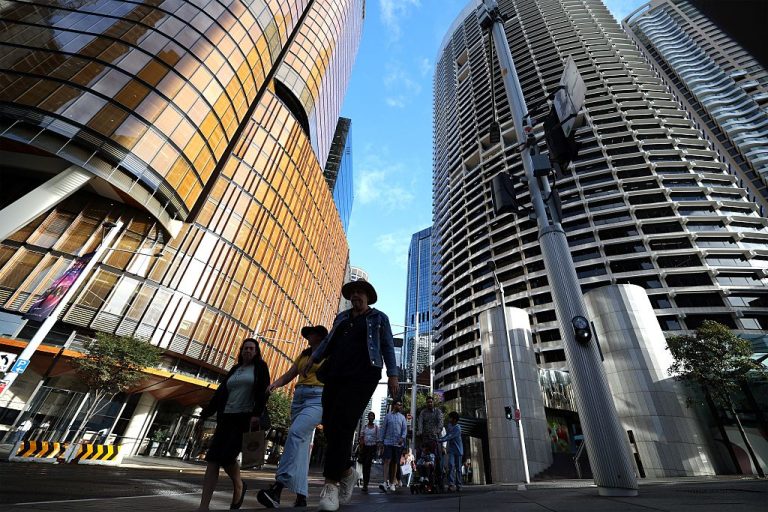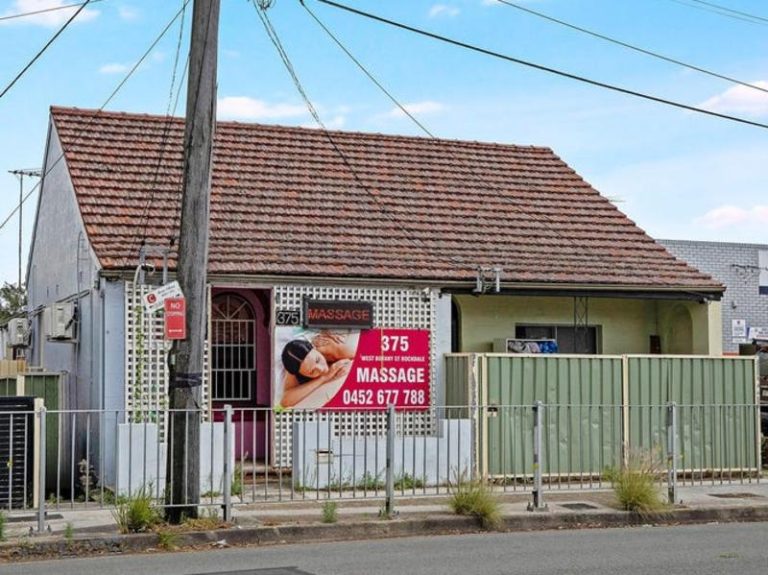Developers call for city revival as offices come under pressure

Developers are urging governments to allow more residential development across the country’s central business districts to help revive city economies. Picture: NCA NewsWire / Jeremy Piper
Top property groups believe that the best office buildings will recover from the present downturn despite battling in the face of the shift to working from home and higher interest rates.
The developers are also urging governments to allow more residential development across the country’s central business districts to help revive city economies as retail properties suffer from the lack of office workers.
Dexus chief executive Darren Steinberg said that councils and cities needed to look at planning regulations to enable more residential developments to occur where it made sense. “It’ll create more vibrancy and bring life back to the CBD,” he told a Sydney business conference.
The call was backed by Lendlease chief executive Tony Lombardo, who noted the need to boost housing supply, including newer-style apartment buildings aimed at renters, as immigration surged.
“We’re talking about adding supply here in Australia; we’ve had half a million more people in the country,” he said. “That’s why the trend around multi-family builds is taking hold.”
Mr Lombardo said this was why institutional investors needed to come into the sector, but developers were being hampered by long approval lead times. In Sydney, it can take two years to get projects approved, whereas Brisbane can take just six to nine months.
The development boss threw his support behind moves to turn more of our cities into 24/7 zones, which has transformed parts of New York, Singapore and Tokyo.
Mr Lombardo said this would mean the city was used more actively. “We need to see more of that plus utilising the infrastructure,” he said.
Melbourne is taking the lead in the shift locally, he said.

Dexus chief executive Darren Steinberg. Picture: NCA NewsWire/Bianca De Marchi
Brookfield Australia head of real estate Sophie Fallman pointed out that not all outdated office blocks would need to be converted into residential use as some could be used as premium offices.
“There’s tremendous value in repurposing them to really high quality offices,” she said.
The world’s top investors say that Australia is still performing well compared to the US, where there has been a more profound shift away from working and investing in offices.
“I think the pressure on office buildings has been building for a long time,” said Kathleen McCarthy, the global co-head of Blackstone Real Estate. The global private equity and property powerhouse has slashed its office holdings from more than 60 per cent of its portfolio when it went public in 2007 to just 2 per cent.
Ms McCarthy said the issue had come into focus because of the post-pandemic working-from-home phenomenon and interest rates putting pressure on valuations, but it was a longer-term shift.
The US real estate leader cautioned that not all unwanted assets could be transformed into attractive office towers due to their structures, and said tenants would shift towards the highest-quality, most environmentally friendly, well-located assets.
“That’s a phenomenon we see most pronounced here in the US, but really it’s happening on a global basis,” she said.
Property experts said the down cycle had longer to run locally, with estimates that the values of lower-grade office towers could fall by up to 20 per cent, while top buildings are not expected to suffer as much.

Lendlease CEO Tony Lombardo. Picture: John Feder
Mirvac chief executive Campbell Hanan said that premium-grade real estate was the only area that had recorded positive absorption since 2020. “So really, to outperform it’s all about location; it’s all about quality,” he said.
He expects the gaps between buyers and sellers to close, with sales of city towers now being struck providing a basis for valuations. “The challenge will be in areas where there aren’t sales,” he said. ”We’re not seeing a lot of sales in the suburban areas.”
Lendlease’s Mr Lombardo said that despite discussion about interest rates being higher for longer it was important to differentiate between markets. He warned that smaller businesses were facing problems as a result of higher rates, and insolvencies across the developer’s markets were at historical highs.
He said there was still strong demand for offices focused on amenities and transport, and predicted a bifurcation of values in the cycle, where the premium end would hold value even as the secondary assets dropped off.
Brookfield’s Ms Fallman said that fundamentals were strong with the focus on high-quality assets. But she noted that capital markets were disrupted and predicted this would continue.
“There’s a dearth of transactional activity; there’s less liquidity, or a reduced amount of liquidity, in the system. And that type of disruption will start to create pressure and, we think, yield some interesting opportunities,” she said.
Andrew McDonald, the global president and chief operating officer at Cushman & Wakefield, said that real estate had been trending down for a year with many issues already washing through the system.
“We still have a great deal more to go,” he said, but he pointed to the record capital raisings over the last year and the high availability of “dry capital” in the US.
Dexus’ Mr Steinberg expects another 12 months to pass before local commercial property markets bottom and valuations reset.







